Treatment Options for Scoliosis: Surgery, Therapy, & More
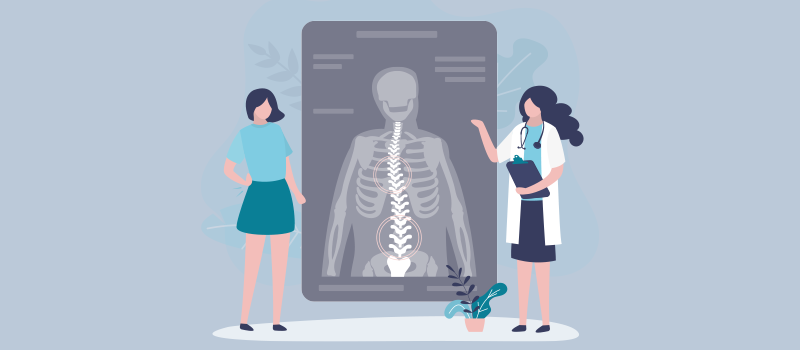
The human spine is normally curved in the cervical (neck), thoracic (mid-back), and lumbar (lower back) regions. During movement, these curves in the spine act as shock absorbers and distribute mechanical stresses. Scoliosis is a condition in which the curvature of the spine is abnormal. Scoliosis affects 6-9 million Americans and is usually diagnosed during adolescence. Please continue reading to learn more about the treatment options for scoliosis.
What causes scoliosis?
In the majority of patients, the cause of scoliosis is idiopathic (unknown). There may be a genetic association because scoliosis runs in some families, but most children with scoliosis don’t have a family history of the condition.
Less commonly, scoliosis develops due to known causes such as neuromuscular conditions (muscular dystrophy, cerebral palsy), conditions affecting the spinal cord, spinal infections or injuries, birth defects, or chest wall surgery during infancy.
Scoliosis affects both males and females, but females are up to 8 times more likely to develop severe curvature of the spine, requiring treatment.
What are the signs and symptoms of scoliosis?
When viewed from the back, scoliosis looks like a C- or S-shaped sideways curve. Signs of scoliosis include uneven shoulders, waist, or hips, prominence of the shoulder blade on one side, jutting forward of the ribcage, and prominence of the back on one side when bending forward.
If severe scoliosis is left untreated, it can cause breathing problems, chronic back pain, leg pain, and noticeable changes in a person’s appearance, leading to self-consciousness and low self-esteem.
How is scoliosis diagnosed?
Healthcare professionals can diagnose scoliosis based on medical history, symptoms, physical exams, neurological exams, and imaging studies (X-rays, ultrasound, CT, MRI).
What are the treatment options for scoliosis?
Scoliosis treatment depends on the severity of the condition, whether the bones have matured, and gender. Children with mild scoliosis may require no treatment other than observation with regular check-ups to monitor the condition. Once a child’s bones have matured, scoliosis is less likely to worsen. However, treatment options like bracing are more effective before the bones mature. Treatment recommendations also depend on gender since girls have a much higher chance of curve progression and worsening scoliosis.
What are the non-surgical treatment options for scoliosis?
Bracing
Bracing is recommended for children who have moderate scoliosis and bones that are still growing. Bracing does not cure or reverse the abnormal curvature of the spine. However, it can help prevent scoliosis from worsening.
Most scoliosis braces are soft braces that are contoured to match the body shape such that they are largely invisible under clothing. These braces sit under the arms and wrap around the ribcage, lower back, and hips.
Doctors usually recommend wearing the scoliosis brace for 13-16 hours a day (the longer it is worn, the more effective it is). Children who wear scoliosis braces are typically able to participate in most activities with very few restrictions. The brace can be removed to participate in physical activities and sports if needed.
Once the child stops growing in height, bracing is usually discontinued. This is usually at age 14 in girls and age 16 in boys, but there can be individual variations.
Physical Therapy
The Schroth Method is a nonsurgical way of treating mild curves. It involves doing customized exercises to help the abnormally curved spine return to a more natural curvature. This is a 3-D approach to scoliosis treatment, and the goal is to stabilize, elongate, and derotate the spine. Schroth exercises focus on restoring symmetry to the muscles, teaching awareness of posture, aligning posture, and breathing exercises called rotational angular breathing that helps to rotate the spine and reshape the ribcage.
Who needs surgery for scoliosis?
Scoliosis surgery is usually recommended in children with larger curves of more than 40 degrees and signs that the condition is progressing. Surgery in adults is usually recommended when the scoliosis curve is more than 50 degrees, and there are signs of nerve damage in the legs and/or bowel or bladder symptoms.
The goal of surgery in children with scoliosis is to correct the spinal deformity and stop the progression of the spinal curve. The procedure can be done from the front (anterior approach) or back (posterior approach). Some adults require a revision procedure after having scoliosis surgically treated during adolescence two or three decades ago when surgical techniques were less advanced. It is worth noting that while the majority of patients benefit from scoliosis surgery, there is no guarantee that a surgical procedure will stop curve progression or relieve symptoms.
What is the most popular surgery for scoliosis?
The most popular surgical treatment for scoliosis is spinal fusion, which involves realigning and fusing the curved vertebrae together so that they form a single, solid bone. This stops the growth of the abnormally curved parts of the spine and prevents curve progression. Scoliosis surgery can significantly straighten the spine and improve the patient’s appearance as well as relieve symptoms.
What are the different types of scoliosis surgery?
Posterior approach
This is the most commonly performed procedure for idiopathic (cause unknown) scoliosis in adolescents. It is done by accessing the spine from the back. The neurosurgeon performs a posterior spinal fusion of the affected vertebrae with instrumentation (metal rods, plates, screws, cages, or hooks) to straighten the spine. This is followed by bone grafting in the curved area of the spine. The surgery takes 4-8 hours to perform in children, maybe longer in adults. However, as a result of advances in surgical techniques, patients are usually discharged from the hospital within 7 days and do not require post-surgical bracing. In most cases, patients can go back to school or work within 4 weeks and resume all normal activities within 6 months.
Anterior approach
In this type of surgery for scoliosis, the patient is placed on their side, and the neurosurgeon accesses the spine by deflating the lung and cutting through a rib. Instead of a more extensive open procedure, surgeons can use VAT (video-assisted thoracoscopic), which is less invasive and provides a better view of the spine. The advantages of the anterior spinal approach include the fusion of fewer spinal segments, better correction of the deformity, faster rehabilitation, and improved mobilization. However, the disadvantages are that patients may require bracing after the surgery for several months, and there is a higher morbidity risk (the latter has improved with VAT).
Decompressive laminectomy
The goal of this procedure is to treat spinal stenosis (narrowing) by removing the roof (laminae) of the vertebrae to increase the space for the spinal nerves. The surgeon may also perform a spinal fusion with or without metal rods or screws to correct scoliosis, support the fusion, and improve spinal stability.
Minimally invasive surgery
In some patients with scoliosis, spinal fusion can be performed with a minimally invasive approach. This type of surgery is done through small incisions and uses advanced technologies like endoscopy (cameras) and fluoroscopy (X-ray imaging) to accurately place hardware in the spine while minimizing damage to the surrounding tissue. However, not all patients are candidates for minimally invasive surgery.
What is the newest treatment for scoliosis?
One of the newest treatments for scoliosis involves causing relative growth inhibition on the convex side of the curve. This technique can be used in children who are still growing and have a curvature of less than 35 degrees, and who can tolerate open or endoscopic procedures on the spine. The neurosurgeon places tethers or staples on the convex side of the spine to stop growth on that side and allow more growth on the concave side. This type of fusion-less spine surgery is still experimental and more follow-up is needed to determine its effectiveness and longevity.
The gold standard for surgical treatment of scoliosis remains spinal fusion. Older surgical techniques involved spinal fusion in longer segments of the spine, causing the remaining mobile segments to bear more stress with movements. This resulted in degenerative changes over time, causing painful arthritis above and below the fused segments of the spine. Advances in surgical techniques have resulted in better outcomes with scoliosis surgery.
References:
-
https://www.mayoclinic.org/diseases-conditions/scoliosis/symptoms-causes/syc-20350716
-
https://orthoinfo.aaos.org/en/treatment/nonsurgical-treatment-options-for-scoliosis/
-
https://www.aans.org/Patients/Neurosurgical-Conditions-and-Treatments/Scoliosis
-
https://orthoinfo.aaos.org/en/treatment/surgical-treatment-for-scoliosis/#
-
https://www.srs.org/Patients/Diagnosis-And-Treatment/Surgery#



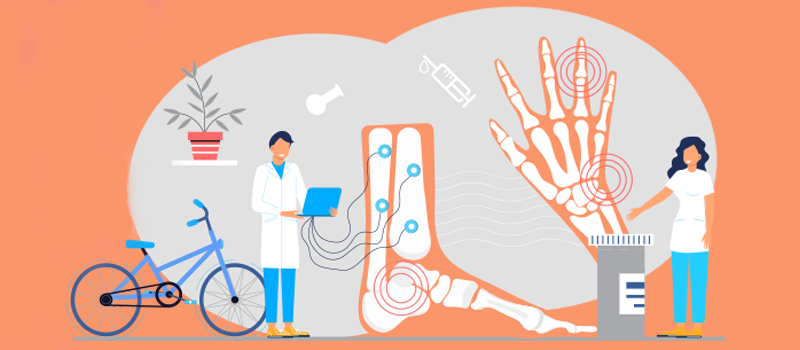
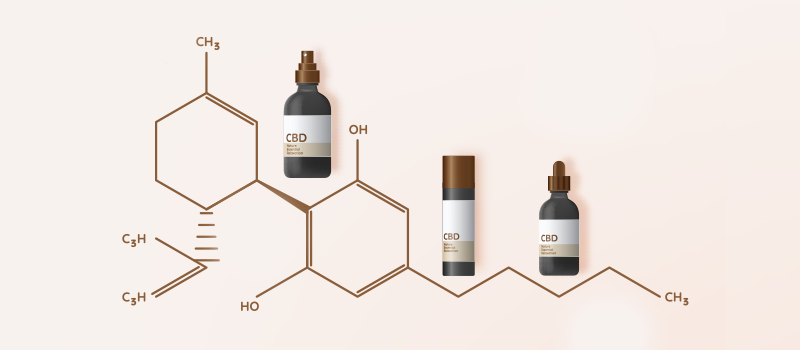


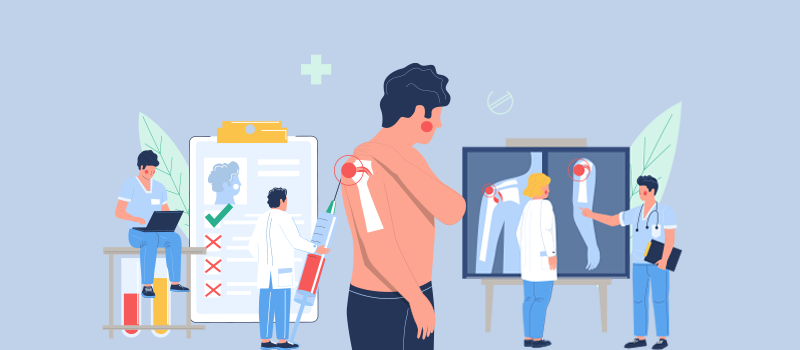

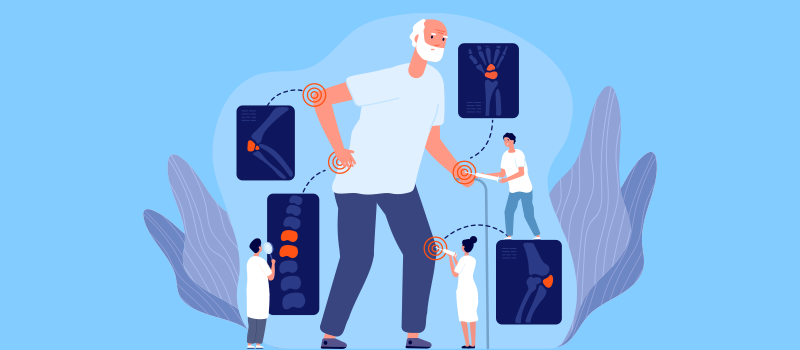


SOCIAL